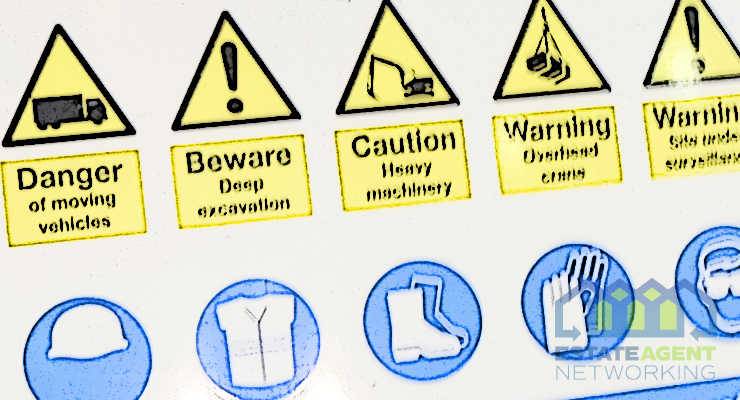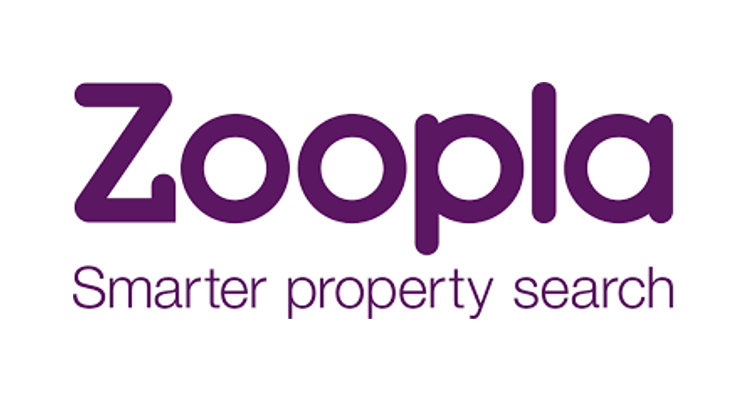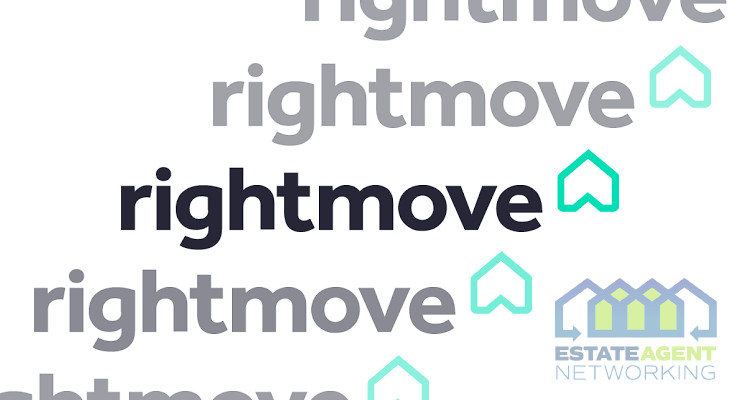Why Industry Matters in First Aid Training
First aid might seem like the same everywhere, but in reality, different jobs come with different risks. A warehouse worker, a school teacher, and a care home assistant are unlikely to face the same kind of emergencies. That’s why some first aid training is designed to suit the job it’s being used for. When the course matches the type of work being done, people are more likely to use what they’ve learned in the right way.
There’s a clear difference between general first aid and industry-specific training. The basics are always covered — things like CPR, treating cuts or burns, and calling for help. But industry-focused courses also include scenarios and tools that reflect what’s likely to happen in that setting. This makes the training more useful and much easier to put into practice.
Workplaces With Higher Risks
Some types of work naturally involve more risks than others. Construction sites, factories, farms, kitchens, and warehouses all deal with machinery, tools, or heavy lifting. In these places, accidents can happen quickly and without warning. Slips, crush injuries, electrical shocks, or chemical spills are real concerns — and first aiders need to know how to act fast and stay calm.
Training for these jobs will often include how to handle head injuries, broken bones, burns, or eye problems. It might also cover moving someone safely or how to treat someone who’s fallen from height. While the general steps are similar, the extra focus on real workplace risks helps people respond with more confidence.
First aid kits in these places are also different. There may be eye wash stations, burn dressings, or specialist tools. A good training course shows workers how to use these correctly, rather than just covering the basics.
Office and Retail Settings
In lower-risk workplaces like offices, call centres, or shops, the risks are different but still need attention. Staff may deal with slips, fainting, or allergic reactions. In shops, there’s a chance someone may fall or become ill while visiting the premises. First aid courses for these jobs often focus more on sudden illness, managing shock, and dealing with people who may be scared or confused during an incident.
Another important part of this training is communication. Often the first aider is not just helping the injured person, but also talking to other staff or guiding emergency services when they arrive. Knowing what to say and how to keep the scene calm is just as important as knowing what to do with a bandage.
Working With Children, the Elderly or Vulnerable Adults
Jobs that involve care — like in schools, nurseries, care homes or support centres — need a different kind of first aid training. The people being helped might not be able to explain what’s wrong, or they may respond differently to treatment. Children, for example, can go from fine to very unwell in just a few minutes, while older people may react badly to even a small injury.
First aid training in these jobs needs to be gentle, clear, and focused on the needs of the group being cared for. Courses often include how to spot the early signs of illness, how to speak clearly during a crisis, and how to stay calm when others may be upset. It’s not just about treatment — it’s also about kindness and trust.
Why Specialised Courses Are Worth It
Choosing the right type of training isn’t just about ticking a box. It’s about making sure people are properly prepared. If someone knows what kind of emergencies they’re most likely to face, they’ll be quicker to react and more confident in their actions. This can make a huge difference in the minutes before an ambulance arrives.
That’s why more businesses and organisations now look for First Aid Courses For Industry Specific Needs. It’s not just about learning the basics — it’s about learning what matters most in your job, and being ready when something goes wrong.








